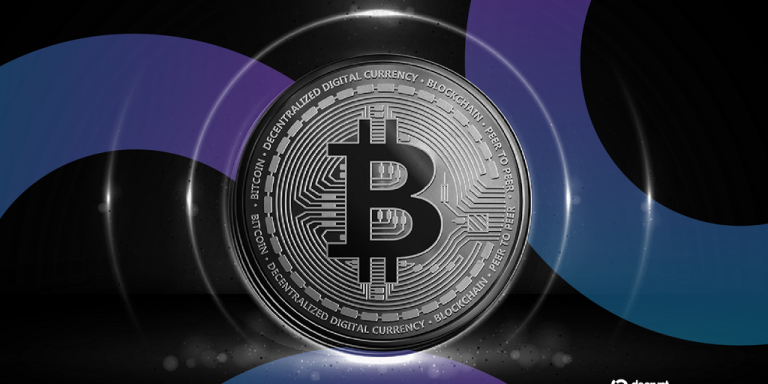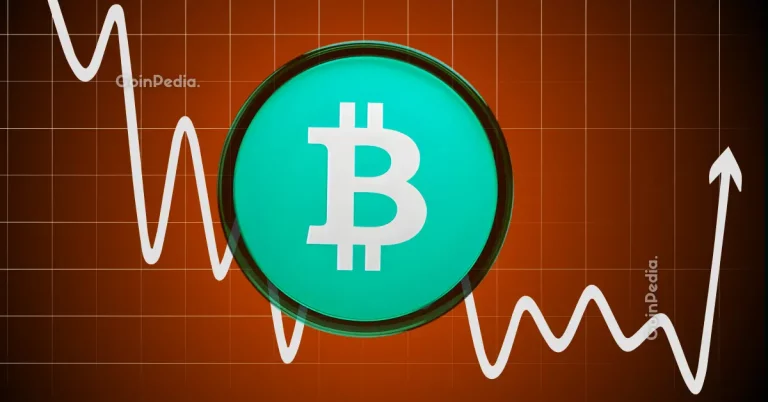
The world of cryptocurrency is constantly evolving, and Ripple’s XRP is emerging as a key player in transforming the financial landscape through tokenization and blockchain infrastructure. As institutions and regulations push towards a $30 trillion tokenized asset economy by 2030, XRP is strategically positioned to be at the forefront of this monumental shift.
What is Tokenization and Why Does it Matter?
Tokenization involves creating blockchain-based digital representations of real-world assets like real estate, stocks, bonds, and commodities. This technology is gaining traction due to its ability to improve liquidity, reduce transaction costs, and foster greater transparency in asset management. Industry estimates, such as those from Ripple and Boston Consulting Group (BCG), project between $12 trillion and $23 trillion in tokenized assets by 2033, highlighting its vast potential.
The Role of Ripple and XRP
Ripple’s XRP Ledger (XRPL) is not just about facilitating cross-border payments anymore. With its advanced scalability and near-instant settlement capabilities, the XRPL is becoming the infrastructure that could connect the traditional financial system with blockchain technology.
Ripple has secured partnerships with notable organizations, including Mastercard, WebBank, and Gemini, to enhance stablecoin settlements using RLUSD (Ripple USD). This influx of institutional adoption signifies growing confidence in XRP’s viability as a bridge for both global payment systems and tokenized asset settlements.
Institutional Adoption and Strategic Movements
Ripple’s recent partnerships and acquisitions further solidify its place in the ecosystem. Notable financial institutions like BlackRock and VanEck are reportedly exploring ways to tokenize money market funds on the XRPL. Additionally, Ripple’s RLUSD is enabling on-chain redemptions, marking a crucial step toward building institutional-grade financial products.
Another significant development includes the tokenization of real estate, commodities, and other tangible assets. Ripple’s efforts to streamline these processes could lead to trillions of dollars in value transacting seamlessly on its ledger, potentially redefining the digital finance landscape.
Regulatory Clarity: A Catalyst for Growth
The introduction of regulatory frameworks such as the proposed Clarity Act in the U.S. is expected to be a game-changer. These regulations aim to define digital assets and promote greater transparency, unlocking wider institutional adoption. Experts believe that once these guidelines are established, the XRPL will see accelerated use for decentralized finance (DeFi) services like lending, trading, and issuing tokens.
While projections of XRP’s price benefiting from these developments vary, with experts forecasting growth to $5.05 by 2025 and possibly around $26.50 by 2030, investors must remain cautious. As Ripple continues to expand its partnerships and explore use cases, the focus should remain on utility and real-world adoption rather than speculative hype.
Investing in the Future with XRP
As the tokenization trend gains momentum, Ripple and XRP are positioned to play a pivotal role in a swiftly digitizing global economy. For those looking to invest, understanding the technology, its applications, and inherent risks is critical.
Interested in making your investment journey easier? Consider using tools like Ledger Nano X to securely store your XRP and other crypto assets. You can purchase it here to ensure safe and reliable crypto asset management.
The coming years are set to redefine the landscape of finance, and XRP is poised to be a cornerstone in building a tokenized and decentralized economy. Stay updated with trusted cryptocurrency news outlets and make informed investment decisions to align with this growing trend.


